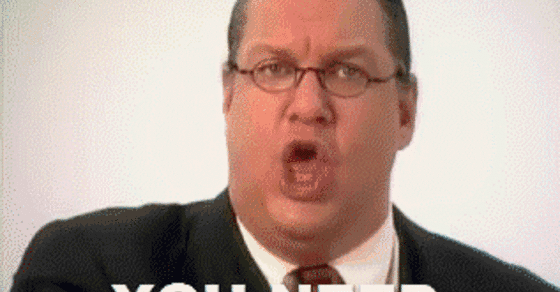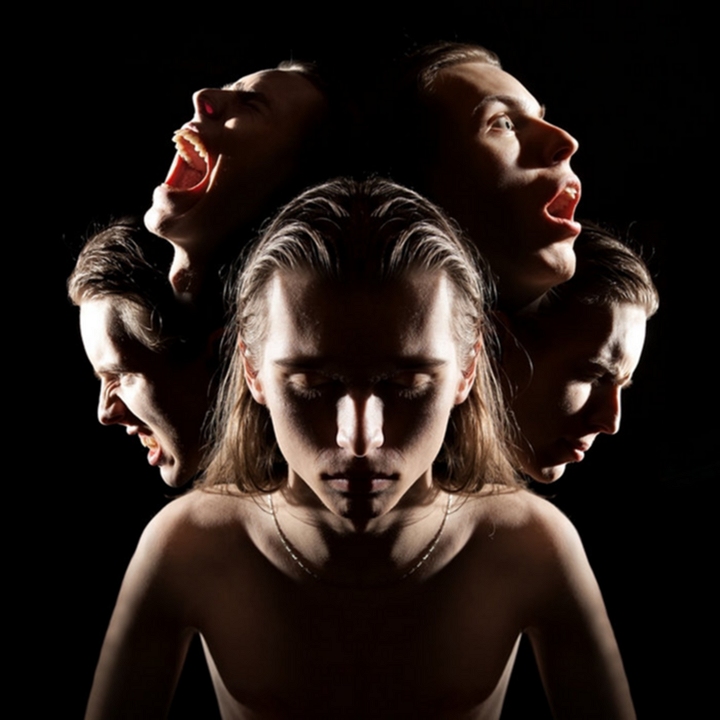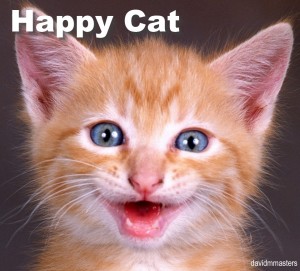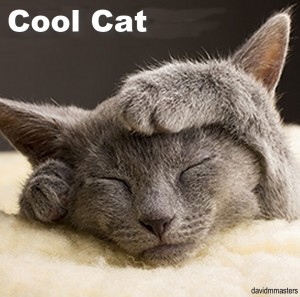People put all kinds of labels on other people and we try to put labels on ourselves, a sort of self-branding, as a way to make our way through the world with some sense of identity.
Although you are one person, your personality incorporates multiple personalities. Sometimes you’re the serious you, sometimes the shy you, sometimes the defensive you, sometimes the playful you, among other yous living in your body. Each individuality all making up the whole of you, and all the yous are growing and changing all the time.
Very few people, if any, get to know all of the yous which you express. Only those with whom you are the most intimate with and spend the most time around have any hope of getting to know all the personalities you have to offer.
Getting to know me
Like people who meet me, they are meeting the “me” that is being represented at the time of our interaction. Depending on when and where you meet me, you might become acquainted with that part of me which expresses myself as an author, public speaker, coach, consultant, teacher/trainer, scientist, creator, edifier, confidant, servant, shy guy, nerd, goofball, best friend, believer, romantic, lover, crybaby, defender of the underdog, supporter of the arts and others, live music or cuisine connoisseur, just to name a few.
Getting to know you
After you’ve lived with yourself, the you that is expressed in this reality as you reside in your body, you have a pretty good idea about who you are in there. We all express multiple personalities within one body.
Don’t worry, you’re not suffering from MPD (multiple personality disorder). We are all this combination of multiple personalities. It’s who we are, and it helps us to navigate our way through the world while we are traveling upon the path we travel.
If you’re like me, you spend a lot of time in a professional capacity, serving others and the greater community. Even though the greater part of me is actually partying.
Let’s play
This is the beauty of being able to do work you love. It doesn’t seem so much like work at all if you’re loving what you do, it’s more like playing and having fun.
Even though a majority of the work that I do is relatively serious, the most joyous part of it is being in the room with you when you experience an epiphany. I mean, when your whole worldview or identity shifts as you experience a huge expansion, finding new ways to live and express yourself… Wow!
The only thing I can think to express the feeling of being there in that moment is the feeling of being there when my children emerged into this world. To hold that newborn baby in my arms, all that world of possibilities which lay ahead is a sacred awesomeness that is overwhelming, like being able to have a glimpse of life from God’s point of view.
That’s how I feel when someone experiences a breakthrough or paradigm shift, I am overwhelmed by emotion, blessed, and happy to be alive.
Yet, we all continue to grow and change, even you and me.
I am the playmate
I’m feeling more like even though I am defined in a professional way, I don’t really see myself that way. I see myself as the playmate of consciousness.
As weird as that might sound, I see myself joyously basking in the presence of others who are making their way through life the best they can. I can be their trusted friend, helping them and encouraging them along the way, anxious to celebrate the next win with them.
That’s the payoff for me, to play with you along the way and party in your celebration of those most joyous moments.
I just love playing with folks who are growing and celebrating with them as they go through metamorphosis, affecting not only their lives but the world around them in ways that couldn’t have been imagined before.
Like them, you can live a better life, your best life, and make the world a better place.
Wanna play?










